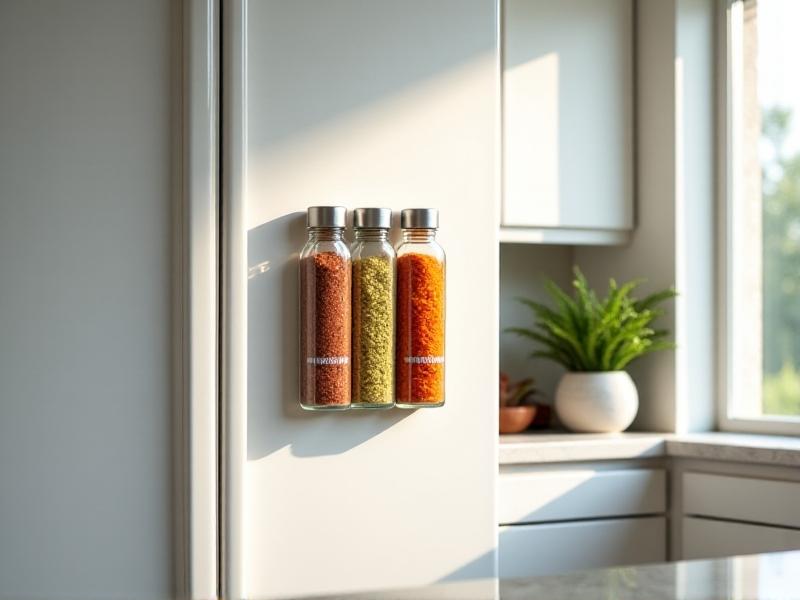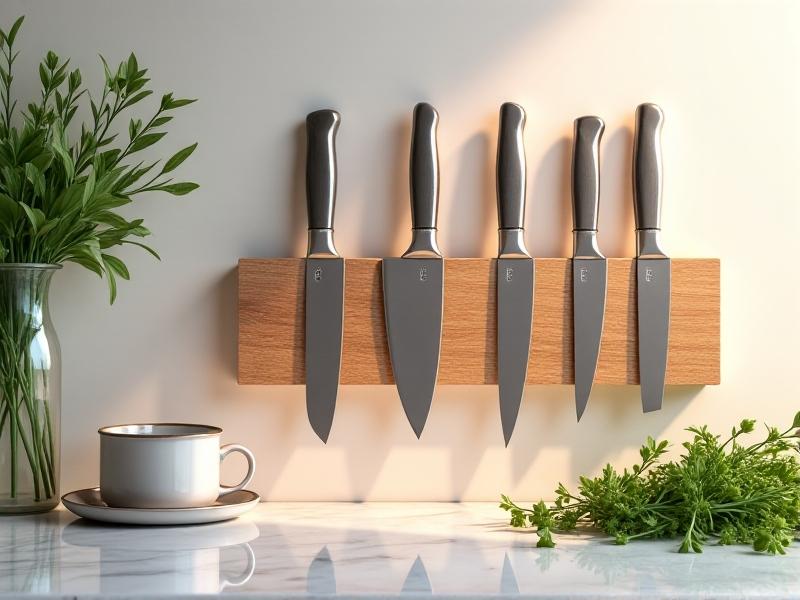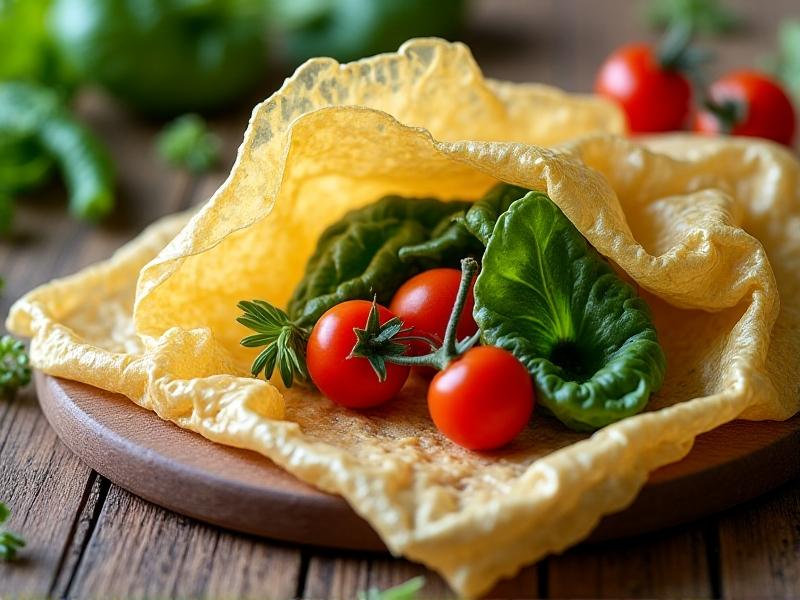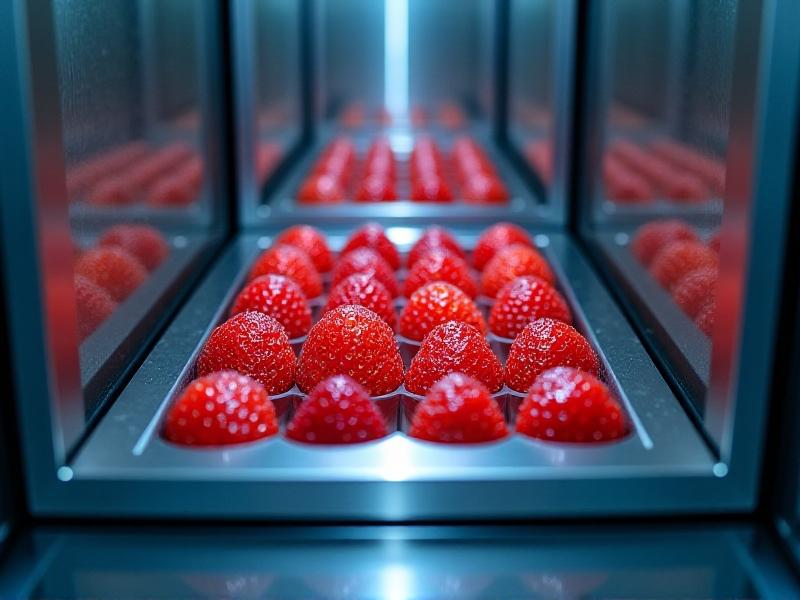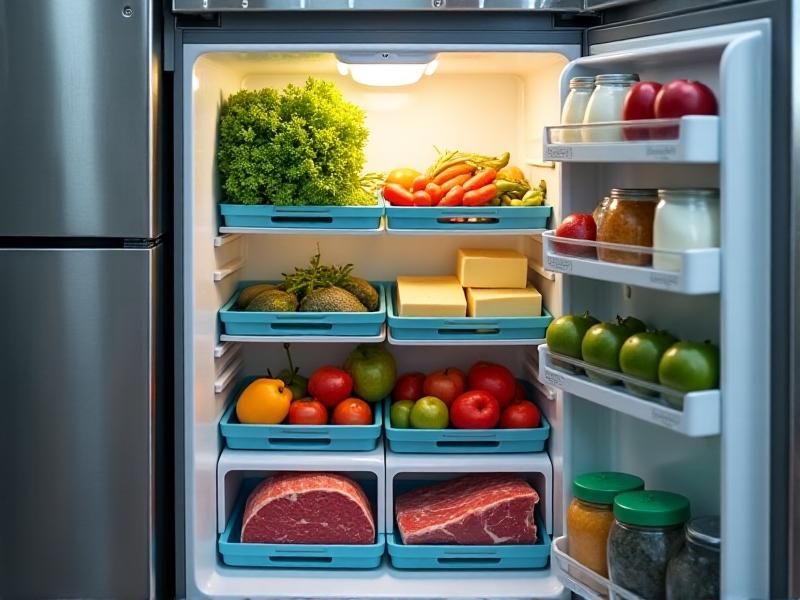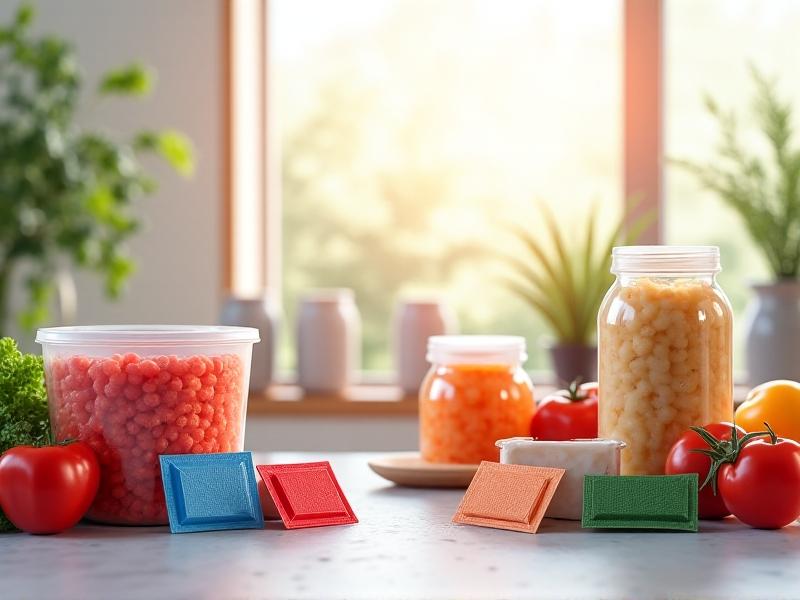Calorie-Dense Snack Pack Assemblies
Understanding Calorie Density: The Science Behind Snack Packs
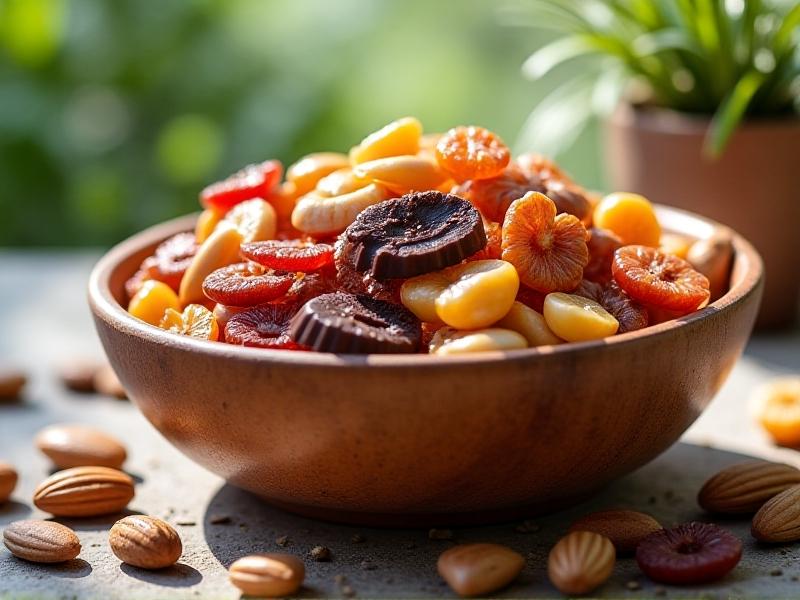
Calorie density refers to the number of calories in a given volume or weight of food. For individuals with high energy needs—athletes, active professionals, or those aiming to gain weight—snack packs designed around calorie-dense ingredients offer a practical solution. Unlike low-calorie snacks that prioritize volume over energy, calorie-dense options provide substantial fuel in compact portions. Foods like nuts, dried fruits, and nut butters deliver high calories per gram, making them ideal for portable, efficient snacking. Understanding the balance between macronutrients and energy density ensures these snacks sustain energy levels without compromising nutritional value.
Essential Ingredients for High-Energy Snack Assemblies
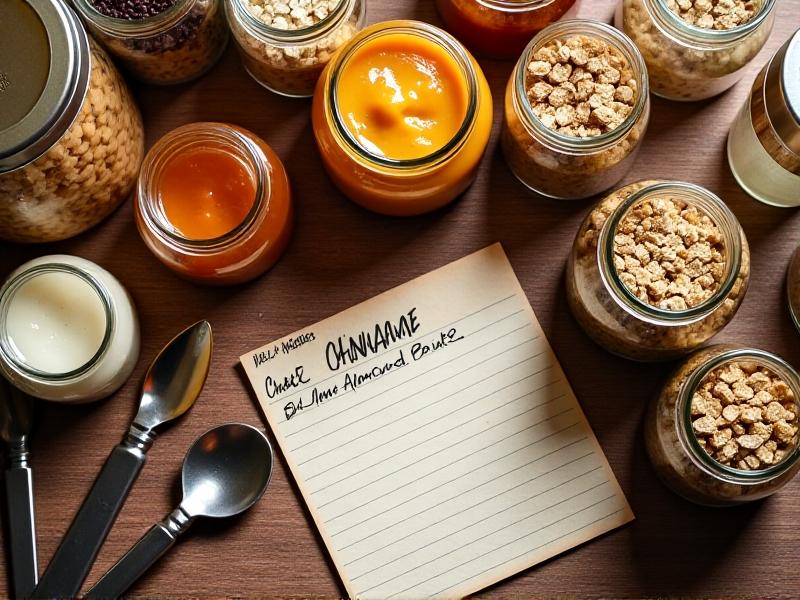
The foundation of a calorie-dense snack pack lies in selecting ingredients that maximize energy while offering nutritional benefits. Nuts and seeds, such as almonds, walnuts, and sunflower seeds, provide healthy fats and protein. Dried fruits like dates, apricots, and raisins add natural sweetness and carbohydrates. Nut butters serve as a versatile binder or dip, while dark chocolate introduces antioxidants and indulgence. Granola clusters or protein bars can add crunch and structure. Combining these elements ensures a mix of quick and slow-releasing energy, catering to sustained activity or recovery needs.
Balancing Macronutrients: Crafting Nutritious Calorie Bombs
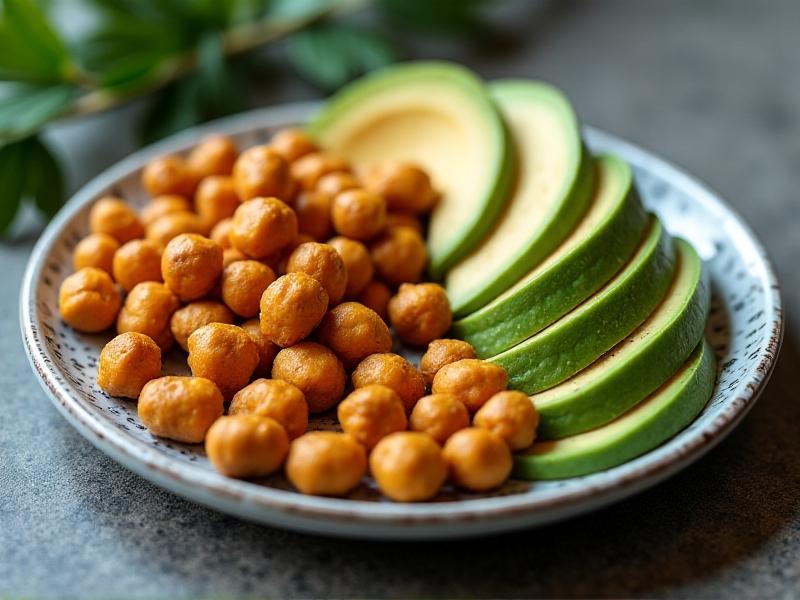
A successful calorie-dense snack isn’t just about high calories—it’s about harmonizing proteins, fats, and carbohydrates. Protein sources like Greek yogurt clusters or roasted chickpeas support muscle repair, while fats from coconut flakes or tahini provide sustained energy. Carbohydrates from oats or honey ensure immediate fuel. For example, a trail mix with peanuts (protein/fat), banana chips (carbs), and a drizzle of honey creates a balanced profile. Tailoring ratios to individual goals—such as higher carbs for endurance or increased protein for muscle growth—enhances the snack’s functionality.
Tools and Techniques for Efficient Snack Pack Assembly

Preparing calorie-dense snack packs at scale requires efficient tools and methods. Silicone molds simplify portioning energy balls or protein bites. Reusable containers or compostable wrappers ensure portability and eco-friendliness. A kitchen scale guarantees consistent portions, while airtight jars keep ingredients fresh. For layered snacks like parfaits, mason jars prevent sogginess by separating wet and dry components. Batch-prepping components—such as roasting nuts or making nut butter at home—saves time and allows customization.
Creative Snack Pack Ideas for Different Lifestyles
Tailoring snack packs to specific routines enhances their appeal. For athletes, combine peanut butter-stuffed pretzels with electrolyte-infused dark chocolate. Students might prefer no-bake oat bars with coffee extract for a caffeine boost. Outdoor enthusiasts benefit from jerky-and-nut combos in waterproof pouches. Vegan options could include date-based caramel bites with almond flour. Seasonal twists, like pumpkin-spice energy balls or summer berry granola, keep offerings fresh and engaging.
Health Considerations: Avoiding Pitfalls in Calorie-Dense Snacking
While calorie density is advantageous for some, mindful consumption is key. Overloading on sugars or processed fats can lead to energy crashes or long-term health risks. Opt for unsweetened dried fruits and minimally processed nut butters. Portion control prevents unintentional overeating—pre-pack snacks in single-serving containers. Consulting a dietitian ensures alignement with dietary needs, especially for those managing conditions like diabetes. Emphasize whole foods over synthetic additives to maintain nutritional integrity.


